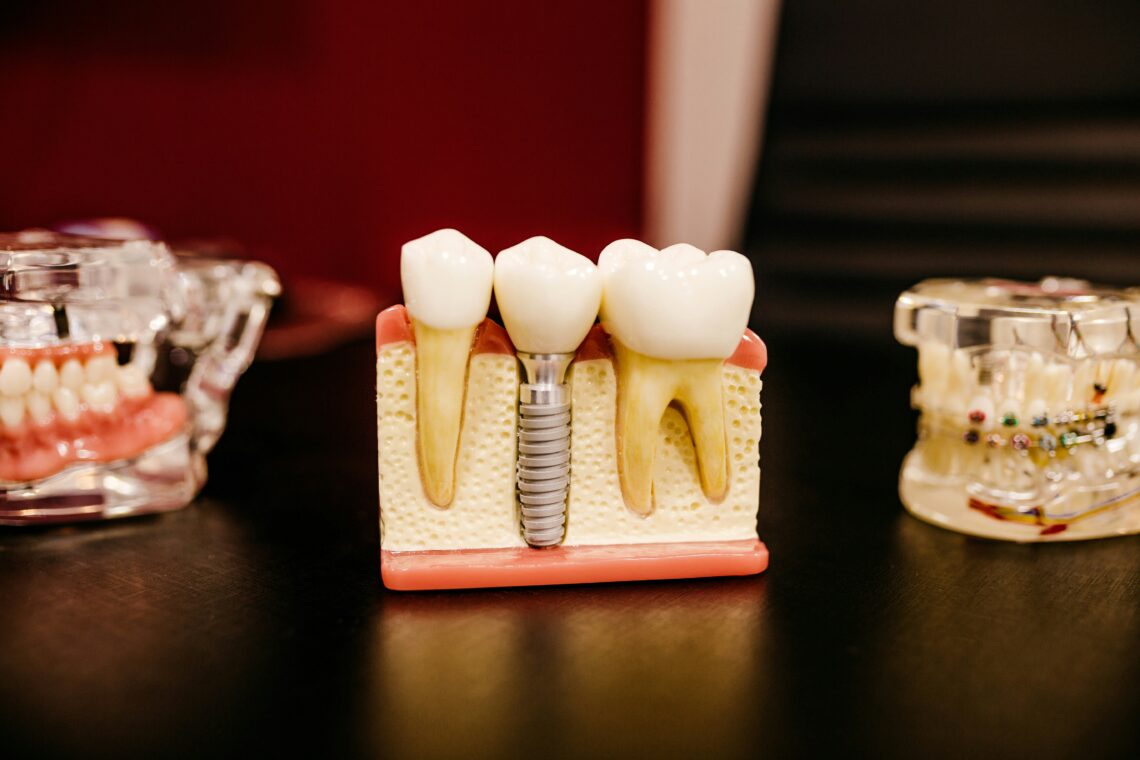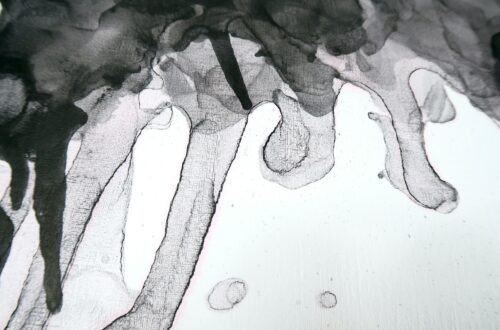Affiliate Disclaimer:
Some of the links on this website are affiliate links, which means that if you click on a link and make a purchase, we may earn a commission at no extra cost to you. This helps support the website and allows us to continue creating content. We only recommend products or services we personally use or genuinely believe will add value to our readers.
Teeth problems can significantly impact our overall health and quality of life. Many people underestimate the importance of oral health, but the reality is that dental issues can range from mildly annoying to excruciatingly painful.
I’ve seen firsthand how a simple toothache can disrupt someone’s daily routine, affecting their ability to eat, speak, and even sleep comfortably.
The good news is that most teeth problems are preventable with proper care and regular dental check-ups. Even when issues do arise, modern dentistry offers a wide range of effective treatments.
Understanding the Basics of Teeth Problems
Before we get into the specifics, it’s crucial to understand the main types of teeth problems we’re dealing with. These issues can be broadly categorized into several main types:
Tooth Decay
Tooth decay, also known as dental caries or cavities, occurs when bacteria in your mouth produce acid that eats away at your tooth enamel. This process can lead to small holes in your teeth that gradually grow larger over time.
The scary part about tooth decay is that by the time you feel pain, the decay has often progressed quite far.
Tooth decay is incredibly common. In fact, it’s one of the most prevalent chronic diseases worldwide, affecting people of all ages.
The primary culprits behind tooth decay are poor oral hygiene and a diet high in sugar and acidic foods.
Gum Disease
Gum disease starts with gingivitis, which is inflammation of the gums. If left untreated, it can progress to periodontitis, a more severe condition that affects the bones supporting your teeth.
Gum disease is often called a “silent” problem because it can develop and worsen without causing noticeable symptoms until it’s quite advanced.
The early stages of gum disease are characterized by red, swollen gums that may bleed easily when brushing or flossing. As the condition progresses, you might experience receding gums, loose teeth, and persistent bad breath.
Tooth Sensitivity
If you’ve ever winced when sipping a hot coffee or biting into an ice cream, you’ve experienced tooth sensitivity. This condition occurs when the protective layers of your teeth (enamel and cementum) wear down, exposing the sensitive dentin underneath.
Tooth sensitivity can be caused by various factors, including:
Worn enamel from aggressive brushing
Receding gums
Tooth grinding (bruxism)
Acidic foods and drinks
Recent dental procedures
Tooth Fractures and Chips
Tooth fractures and chips can range from minor cosmetic issues to major dental emergencies. These problems can occur due to various reasons, such as:
Biting down on something hard
Sports injuries
Falls or accidents
Teeth grinding
I once chipped a tooth on a particularly stubborn piece of toffee – it was definitely not my finest moment! While small chips might only affect your appearance, larger fractures can expose the sensitive inner parts of your tooth, leading to pain and increased risk of infection.
The Silent Epidemic: Why Teeth Problems Are More Common Than You Think
Tooth decay is more prevalent than many people realize. In fact, it’s more common than asthma or hay fever.
Gum disease affects nearly half of all adults over 30 in the United States.
That’s a lot of unhappy mouths!
So why are these problems so widespread? Several factors contribute to the high prevalence of teeth problems:
Poor Oral Hygiene Habits
Many people don’t brush their teeth as often or as thoroughly as they should. The American Dental Association recommends brushing twice a day for two minutes each time, but studies show that the average person only brushes for about 45 seconds.
Diets High in Sugar and Acidic Foods
Our modern diets often include a lot of sugary and acidic foods and drinks. These substances can erode tooth enamel and provide food for harmful bacteria in our mouths.
Lack of Regular Dental Check-ups
Regular dental check-ups are crucial for catching and treating problems early. However, many people avoid going to the dentist due to fear, cost concerns, or simply not prioritizing their oral health.
Genetic Predisposition
Some people are genetically more susceptible to certain dental issues. For example, some individuals naturally have weaker enamel or are more prone to gum disease.
Prevention: Your First Line of Defense
When it comes to teeth problems, prevention really is worth a pound of cure. Here are some key strategies to keep your teeth in tip-top shape:
The Power of Proper Brushing
Brushing twice a day with fluoride toothpaste is your first defense against tooth decay. However, you can’t just rely on frequency – technique matters too.
Here are some tips for effective brushing:
Use a soft-bristled toothbrush and replace it every 3-4 months.
Hold your brush at a 45-degree angle to your gums.
Use gentle, circular motions to brush the outer, inner, and chewing surfaces of your teeth.
Don’t forget to brush your tongue to remove bacteria and freshen your breath.
Here’s a pro tip: don’t brush immediately after eating acidic foods. Wait at least 30 minutes to give your enamel time to reharden.
Flossing: A Crucial Step
I know flossing can feel like a chore, but it’s absolutely worth it. Flossing removes plaque and food particles from places your toothbrush can’t reach.
Think of it as the hidden advantage in your oral health arsenal.
To floss effectively:
Use about 18 inches of floss, winding most of it around your middle fingers.
Slide the floss gently between your teeth.
Curve the floss around each tooth in a C shape and move it up and down.
Use a fresh section of floss for each tooth to avoid spreading bacteria.
Diet Matters More Than You Think
What you eat affects your teeth more than you might realize. Sugary and acidic foods are the main culprits when it comes to tooth decay.
But did you know that certain foods can actually help protect your teeth?
Foods that are good for your teeth include:
Cheese and other dairy products: These help neutralize acid in your mouth and provide calcium for strong teeth.
Crunchy fruits and vegetables: These stimulate saliva production, which helps wash away food particles and neutralize acid.
Green and black teas: These contain polyphenols that can kill or suppress bacteria, preventing them from growing or producing tooth-attacking acid.
Foods high in fluoride: These include seafood, tea, and fluoridated water.
On the flip side, try to limit:
Sugary foods and drinks
Acidic foods and drinks (like citrus fruits and sodas)
Sticky foods that cling to your teeth
Regular Check-ups: Don’t Skip Them!
Regular dental check-ups are crucial for catching problems early. It’s like getting your car serviced – a little maintenance now can prevent big problems down the road.
During a check-up, your dentist will:
Clean your teeth professionally
Check for cavities and signs of gum disease
Look for signs of other health issues that can manifest in your mouth
Provide personalized advice on improving your oral hygiene routine
Aim to visit your dentist at least twice a year, or more often if recommended.
When Prevention Isn’t Enough: Treating Common Teeth Problems
Despite our best efforts, sometimes teeth problems still occur. Here’s a rundown of some common issues and how they’re typically treated:
Cavities: More Than Just Fillings
While fillings are still a common treatment for cavities, dentistry has come a long way. For small cavities, some dentists are now using a technique called remineralization, which helps rebuild the tooth’s enamel.
For larger cavities, options include:
Fillings: These can be made from various materials, including amalgam (silver), composite resin, or porcelain.
Inlays and Onlays: These are custom-made fillings for larger cavities.
Crowns: For severely damaged teeth, a crown can cover and protect what’s left of the tooth.
Gum Disease: Scaling and Root Planing
For early-stage gum disease, a deep cleaning procedure called scaling and root planing can be effective. This involves:
Scaling: Removing tartar and bacteria from your tooth surfaces and under your gums.
Root Planing: Smoothing out rough spots on the tooth root where bacteria tend to gather.
For more advanced cases, treatments might include:
Antibiotic treatments
Gum graft surgery
Bone grafts
Tooth Sensitivity: Desensitizing Toothpaste and More
Desensitizing toothpaste can be effective for mild sensitivity. These toothpastes work by either blocking the transmission of sensation from the tooth surface to the nerve, or by filling in the tiny tubules in the dentin.
For more severe cases, treatments might include:
Fluoride varnishes
Bonding agents
Surgical gum grafts
Root canal treatment
Chipped or Fractured Teeth: Bonding, Veneers, or Crowns
The treatment for a chipped or fractured tooth depends on the severity of the damage:
Bonding: For minor chips, your dentist might use a tooth-colored composite resin to repair the damage.
Veneers: These thin shells of porcelain can cover more significant chips or cracks.
Crowns: For severely damaged teeth, a crown can provide protection and restore function.
The Future of Dental Care: Exciting Developments on the Horizon
The field of dentistry is constantly evolving, and there are some exciting developments on the horizon:
3D Printing in Dentistry
3D printing technology is being used to create custom dental implants and even to “print” new teeth. This technology allows for more precise, customized treatments and can potentially reduce costs and treatment times.
Stem Cell Therapy
Researchers are exploring ways to use stem cells to regrow tooth tissue. This could potentially alter how we treat tooth decay and gum disease, allowing us to regenerate damaged teeth as opposed to just repairing them.
Smart Toothbrushes
High-tech toothbrushes are now available that can track your brushing habits and even detect early signs of dental problems. These brushes can connect to your smartphone, providing real-time feedback on your brushing technique and helping you maintain better oral hygiene.
Laser Dentistry
Lasers are being used for everything from detecting cavities to performing root canals, often with less pain and faster healing times. Laser treatments can be more precise than traditional methods, potentially leading to better outcomes and shorter recovery times.
Exercises to Improve Your Oral Health Routine
Improving your oral health routine doesn’t have to be complicated. Here are some simple exercises you can try:
The Two-Minute Challenge
Time yourself brushing for a full two minutes. You might be surprised at how long it actually is!
Many people underestimate how long they’re brushing, so this exercise can help confirm you’re giving your teeth the attention they need.
The Flossing Experiment
Try flossing before brushing for a week, then after brushing for a week. Notice any differences in how your mouth feels?
Some dental professionals believe that flossing before brushing allows the fluoride in your toothpaste to better reach between your teeth.
The Sugar Diary
Keep a diary of all the sugary foods and drinks you consume for a week. You might be surprised at how much sugar you’re actually consuming.
This exercise can help you identify areas where you might be able to cut back and protect your teeth.
The Tongue Test
Run your tongue over your teeth at the end of the day. How do they feel?
Smooth?
Fuzzy? This can give you a good indication of how clean your teeth really are.
If they feel fuzzy or rough, you might need to improve your brushing technique.
Key Takeaways
Teeth problems are incredibly common, but many are preventable with good oral hygiene and regular dental check-ups.
Prevention is key: brush twice a day, floss daily, and watch your diet.
When problems do occur, modern dentistry offers a range of effective treatments.
The field of dentistry is constantly evolving, with exciting new technologies on the horizon.
Your oral health is connected to your overall health, so taking care of your teeth is an investment in your overall well-being.
People Also Asked
What causes tooth decay?
Tooth decay is primarily caused by bacteria in the mouth that produce acid, which erodes tooth enamel. This process is accelerated by consuming sugary and acidic foods and drinks, as well as poor oral hygiene habits.
How often should I replace my toothbrush?
You should replace your toothbrush (or electric toothbrush head) every 3-4 months, or sooner if the bristles become frayed or worn out.
Can gum disease be reversed?
Early-stage gum disease (gingivitis) can often be reversed with improved oral hygiene and professional cleaning. However, advanced gum disease (periodontitis) typically needs more intensive treatment and can’t be fully reversed, only managed.
Are electric toothbrushes better than manual ones?
Electric toothbrushes can be more effective at removing plaque, especially for people who have difficulty brushing manually. However, with proper technique, manual toothbrushes can also be very effective.
How can I naturally whiten my teeth?
Some natural methods to whiten teeth include brushing with baking soda, oil pulling with coconut oil, and eating crunchy fruits and vegetables. However, professional whitening treatments are typically more effective and faster.
Is it normal for gums to bleed when flossing?
Occasional light bleeding when you first start flossing regularly is normal. However, persistent bleeding could be a sign of gum disease and should be checked by a dentist.
Can stress affect oral health?
Yes, stress can impact oral health in several ways. It can lead to teeth grinding (bruxism), increase risk of gum disease, and cause dry mouth, which can increase risk of cavities.
How does diet affect tooth enamel?
Acidic foods and drinks can erode tooth enamel over time. On the other hand, foods rich in calcium and phosphorus can help strengthen enamel.
Limiting sugary and acidic foods and drinks is crucial for protecting enamel.
What’s the best way to treat a toothache at home?
For temporary relief, you can rinse with warm salt water, apply a cold compress to your cheek, or take over-the-counter pain relievers. However, persistent toothaches should be evaluated by a dentist.
How often should I have dental X-rays?
The frequency of dental X-rays depends on your person health needs. For adults with good oral health, X-rays might only be needed every 2-3 years. Those with a history of dental issues might need them more often.




